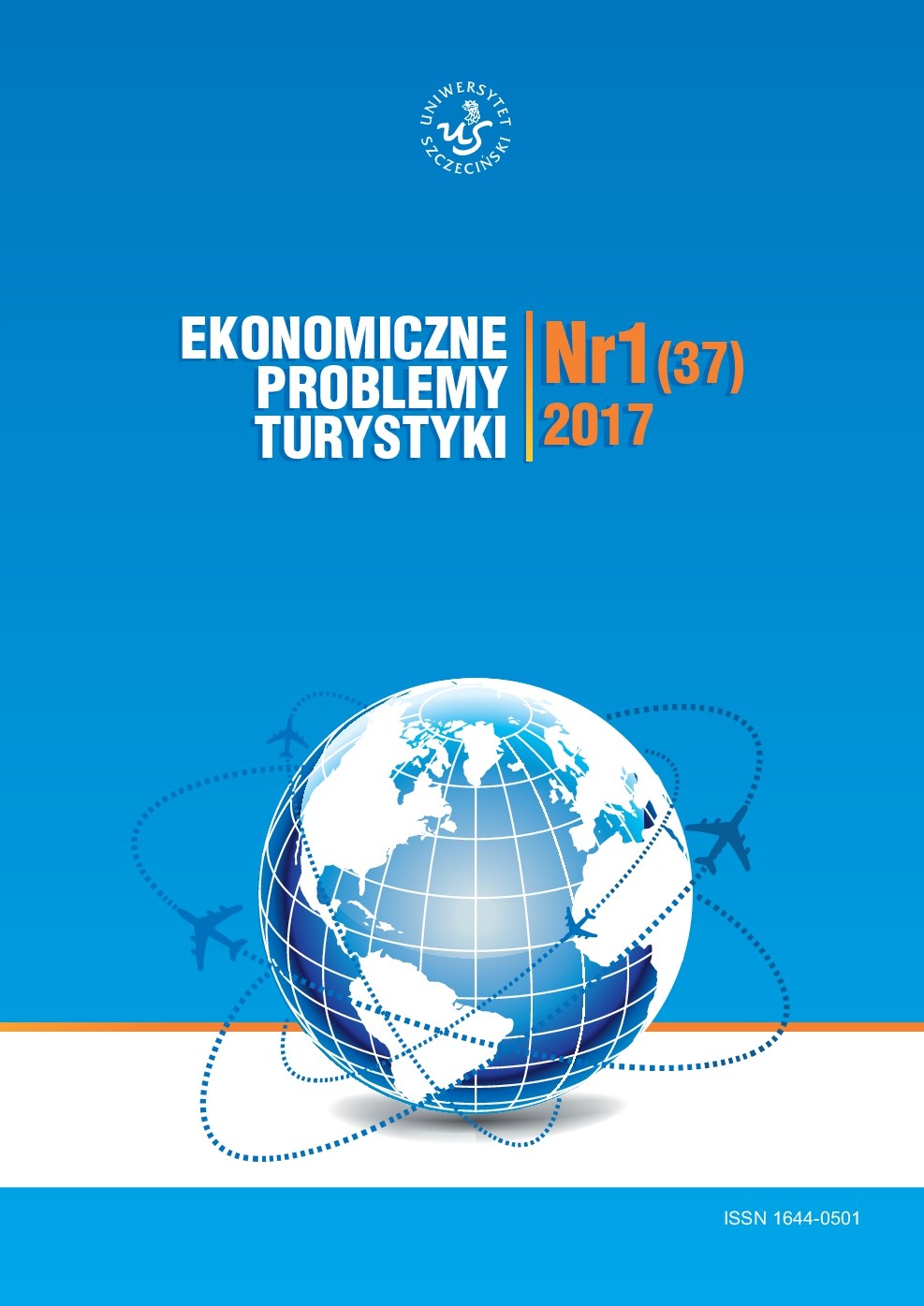Turystyczne regiony transgraniczne – problematyka badawcza na przykładzie granicy trzech państw (Peru, Brazylii i Kolumbii) w zachodniej Amazonii
Tourist Cross-border Regions – Research Issues on the Example of the Tri-border Area Between Peru, Brazil and Colombia in the Western Amazonia
Author(s): Andrzej Czerny, Mirosława CzernySubject(s): Economy, Tourism
Published by: Wydawnictwo Naukowe Uniwersytetu Szczecińskiego
Keywords: Amazonia; Leticia; Tabatinga; Santa Rosa; cross-border cooperation; tourism
Summary/Abstract: In general, cross-border cooperation brings many economic benefits for neighbour countries; and this also holds true in the specific case of tourism, whose development either side of a border can ensure increased turnover in trade, gastronomy, the hotel business and the wider sector of tourist services. Further, even more far-reaching effects can entail an improved state of infrastructure where transport and communications are concerned, as well as higher levels of income for local people. Cross-border cooperation may well be a precondition where regions involved are peripheral, in the sense that they are difficult of access as regards location, and also characterised by small and/ or declining populations. What is involved here above all is a curtailment of the formal obstacles standing in the way of people’s crossing of a border, as followed up by joint efforts to develop tourism and transport. Amazonia has proved a magnet for explorers and adventurers since the time the first Europeans came there. Today, that vast region’s nature and indigenous peoples prove fascinating to a far wider group of actual and would-be tourists. Indeed, an ever-greater range of tour operators now have tourist visits to the Amazon Basin in their brochures. Travel agents likewise offer visits to towns along the River Amazon, as well as trips to the Selva. Ecotourism and ethno-tourism are likewise developing. In this paper, the authors analyse the conditioning (first and foremost the historical conditioning) that has underpinned the development of tourism in the Leticia-Tabatinga-Santa Rosa region, which is specific in that it marks the point of convergence of the borders of Colombia, Brazil and Peru.
Journal: Ekonomiczne Problemy Turystyki
- Issue Year: 37/2017
- Issue No: 1
- Page Range: 181-193
- Page Count: 13
- Language: Polish

